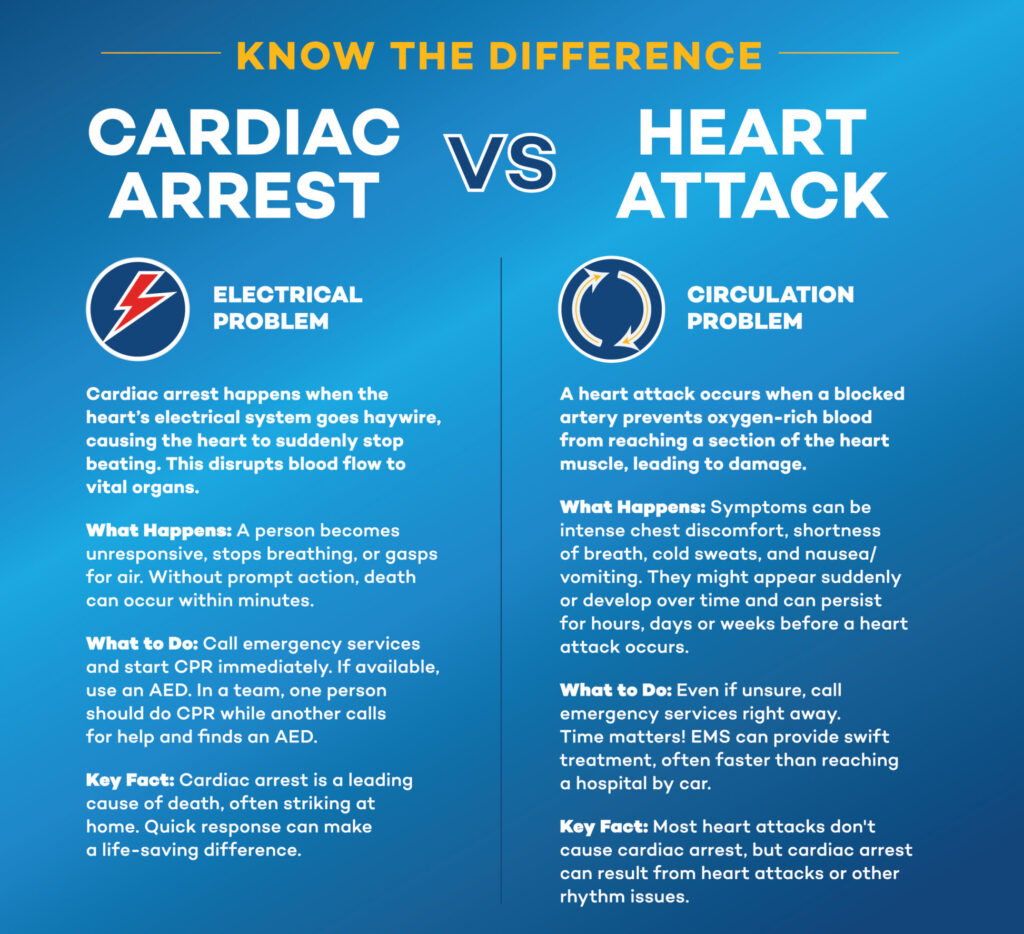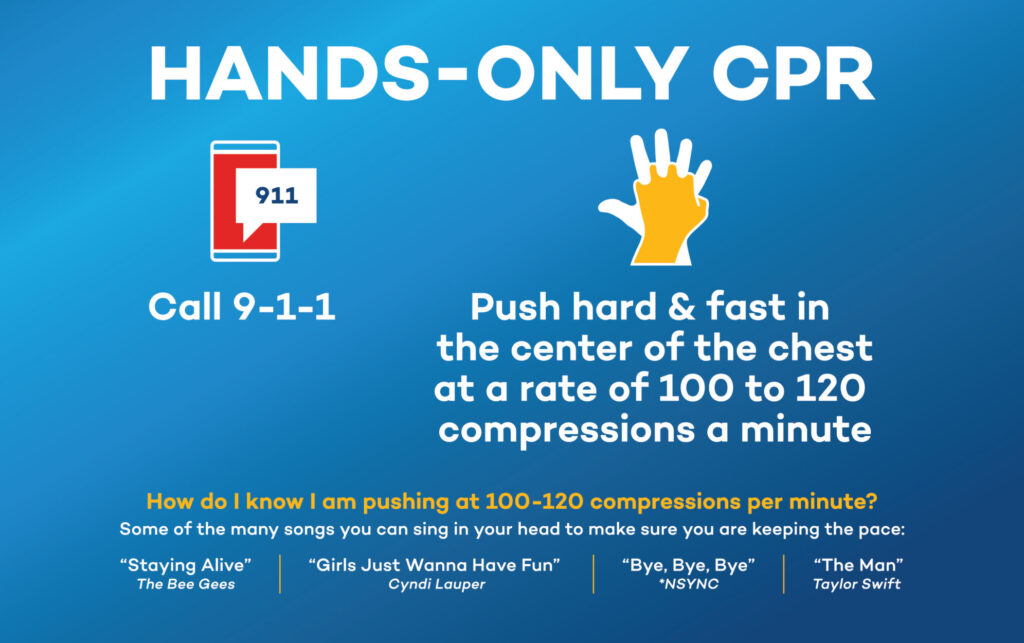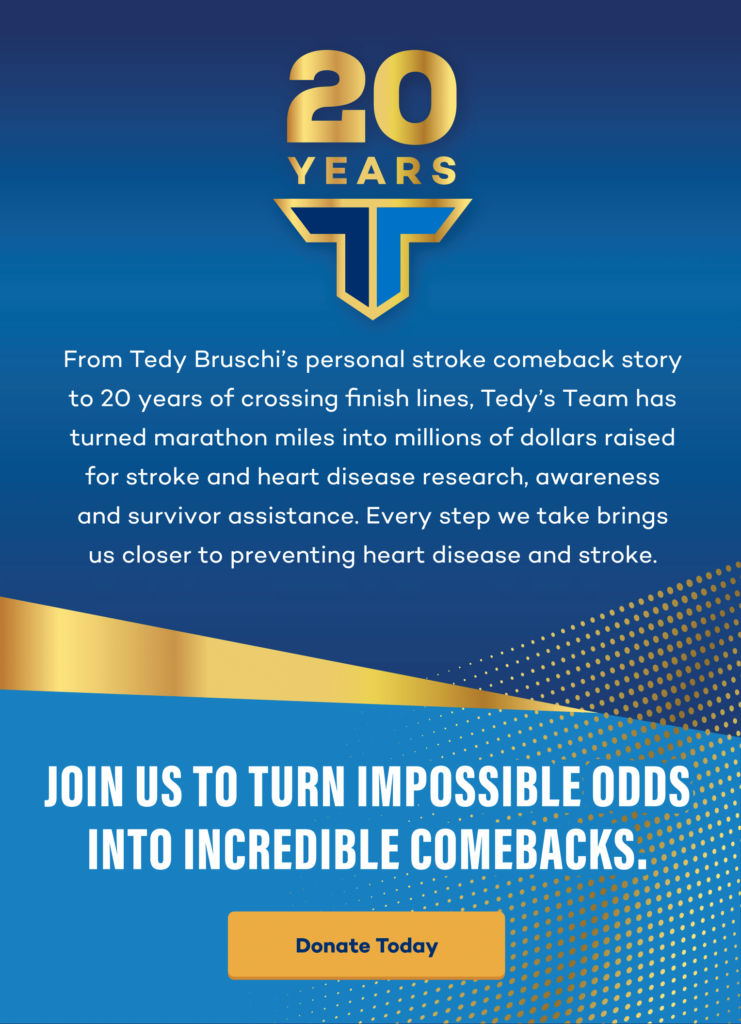Heart Disease Information
What is heart disease?
The term “heart disease” refers to several types of heart conditions. The most common type of heart disease in the United States is coronary artery disease, which affects the blood flow to the heart. Decreased blood flow can cause a heart attack.
What are the symptoms of heart disease?
Sometimes heart disease may be “silent” and not diagnosed until a person experiences signs or symptoms of a heart attack, heart failure, or an arrhythmia. When these events happen, symptoms may include:
Heart attack:
Chest pain or discomfort, upper back or neck pain, indigestion, heartburn, nausea or vomiting, extreme fatigue, upper body discomfort, dizziness, and shortness of breath.
Arrhythmia:
Fluttering feelings in the chest (palpitations).
Heart failure:
Shortness of breath, fatigue, or swelling of the feet, ankles, legs, abdomen, or neck veins.
FAST Facts:
- Heart disease is the leading cause of death for men, women, and people of most racial and ethnic groups in the United States.
- One person dies every 33 seconds in the United States from cardiovascular disease.
- About 695,000 people in the United States die from heart disease each year – that’s 1 in every 5 deaths.
- About 1 in 20 adults aged 20 and older have coronary artery disease (about 5%).
- In the United States, someone has a heart attack every 40 seconds.
- Every year, about 805,000 people in the United States have a heart attack.
- Of these, 605,000 are a first heart attack.
- 200,000 happen to people who have already had a heart attack.
- About 1 in 5 heart attacks are silent – the damage is done, but the person is not aware of it.
Prevention:
These key factors can help you live a longer, healthier life and reduce your risk of heart disease and stroke. They’re part of an overall healthy lifestyle and prevention approach you can build with your health care team (doctors, nurses, pharmacists, and other professionals).
Know your risk
Certain factors can increase your risk, such as smoking, kidney disease or a family history of early heart disease. Knowing your risk factors can help you and your health care team decide on the best treatment plan for you. Many risk factors can be improved with lifestyle changes.
Eat a healthy diet
Center your eating plan around vegetables, fruits, whole grains, legumes, nuts, plant-based proteins, lean animal proteins and fish. Make smart choices like limiting refined carbohydrates, processed meats and sweetened drinks. Use the nutrition facts label on packaged foods to cut back on sodium, added sugars and saturated fats, and avoid trans fat.
Be physically active
Move more – it’s one of the best ways to stay healthy, prevent disease and age well. Adults should get at least 150 minutes of moderate-intensity aerobic activity or 75 minutes of vigorous activity each week. If you’re already active, you can increase your intensity for even more benefits. If you’re not active now, get started by simply sitting less and moving more.
Watch your weight
Stay at a healthy weight for you. Lose weight if you’re overweight or obese. Start by eating fewer calories and moving more. If you need help, talk to your health care team about a weight loss plan.
Live tobacco-free
If you don’t smoke, vape or use tobacco products, don’t ever start. There’s no such thing as a safe tobacco product. If quitting smoking or tobacco is a challenge for you, ask your team for help to kick the habit using proven methods. Don’t just swap one tobacco source for another. And try to avoid secondhand smoke, too!
Manage conditions
If you have high blood pressure (hypertension), high cholesterol, high blood sugar, diabetes or other conditions that put you at greater risk, it’s very important to work with your health care team and make lifestyle changes. Many conditions can be prevented or managed by eating better, getting active, losing weight and quitting tobacco.
Take your medicine
If you have a health condition, your doctor may prescribe statins or other medications to help control cholesterol, blood sugar and blood pressure. Take all medications as directed, but do not take aspirin as preventive measure unless your doctor tells you to. If you’ve never had a heart attack or stroke, a daily aspirin may not help you at all and could cause problems including risk of bleeding. If you’ve had a heart attack or stroke, your doctor may want you to take a low dose of aspirin to reduce your risk of having another.
Be a team player
Your health care team can help you reduce your risk of heart disease or stroke to live a longer, healthier life. Work together on your prevention plan. Ask questions and be open about any challenges you may face in trying to make healthy changes. Stress, sleep, mental health, family situations, tobacco use, food access, social support and other issues all can affect your health and well-being.
Heart Attack vs. Cardiac Arrest
Sudden cardiac arrest is a leading cause of death – over 320,000 out-of-hospital cardiac arrests occur annually in the United States. By performing Hands-Only CPR to the beat of the classic disco song, “Stayin’ Alive,” you can double or even triple a victim’s chance of survival.

What is CPR?
CPR stands for cardiopulmonary resuscitation and is an emergency lifesaving procedure performed when the heart stops beating.
 Downloadable files
Downloadable files
Heart Attack Warning Signs (Flyer)
Heart Attack Warning Signs (Social Media)
Cardiac Arrest vs Heart Attack (Flyer)
Cardiac Arrest vs Heart Attack 1 (Social Media)
Cardiac Arrest vs Heart Attack 2 (Social Media)
Cardiac Arrest vs Heart Attack 3 (Social Media)
Cardiac Arrest vs Heart Attack 4 (Social Media)
*Credit: American Heart Association; www.heart.org
& CDC; www.cdc.gov/heartdisease
